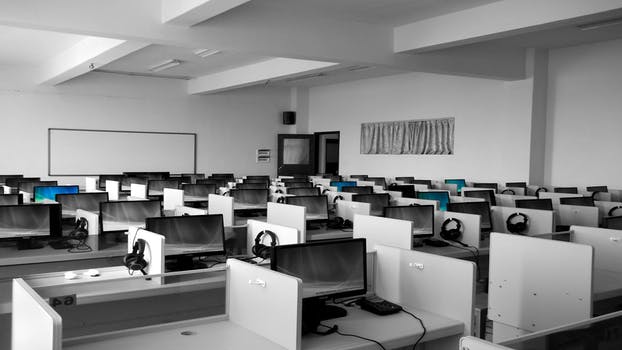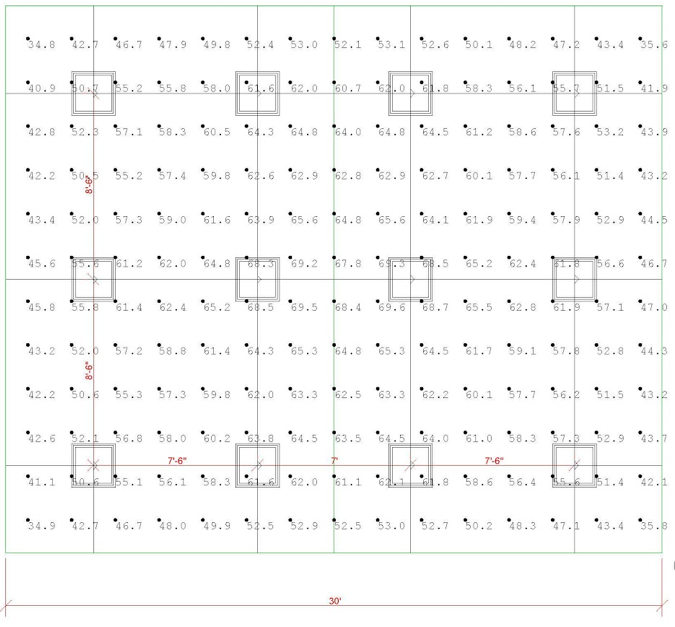LED benefits range from the gym and basketball court to the business office and classroom. LED lights improve the quality of life for students and staff, thus improving the reputation and brand of the school as a safe, higher learning institution.
Here is how to LED classroom lighting improves the educational experience.
Improving the Educational Experience with LED Classroom Lighting
Lighting in classrooms
A study published in the Journal of Environmental Psychology found the classroom lighting can promote or impair learning depending on the type of light. The study found 80% of classrooms with 100Hz of fluorescent lighting cause headaches and impaired vision. Common fluorescent classroom lighting distracts students with excess glare and random flickering.
LED classroom lighting closely resembles natural light and is free of problems such as flickering and glare. Natural lighting is the optimal lighting for learning environments. Another study found lighting that replicates natural light increases concentration and performance in students.
Classroom lighting and learning
LED classroom lighting enhances the learning experience, helps students feel safe on campus, and strengthens school brand and reputation. In 2017, the US Department of Energy conducted a trial using tunable LED lights in three classrooms in Texas. The teachers reported that the lighting improved the educational experience by providing a better learning environment.
LED lights provide clear lighting both indoors and outdoors during the day and night. Indoor and outdoor LED lights are perfect for extracurricular and sports lighting. Students feel safe on an LED-lit campus whether it’s during the school day, while taking part in extracurricular activities, or after school.
Classroom lighting and design
At LED Light & Power, we recently conducted a photometric study on a 30 ft by 28 ft classroom to find the optimal lighting solutions for the typical classroom. The photometric study was generated by using IES files that simulate beam angles, color temperature (Kelvin scale), lumen output and other fixture characteristics to determine if a proposed lighting plan will meet required specifications. Simulating the results of a lighting plan in advance revealed whether or not a specific plan will work.
The photometric study shown above uses foot candles to represent the quantity of light delivered to a surface. Ideal task lighting for an office or classroom will measure about 35 to 40 FCs at the work surface. In some cases more light is desirable and in some situations much dimmer light is desirable.
The subject classroom for which this photometric study was generated currently has very poor light distribution with FCs ranging from 8 to almost 100. The poor quality of light results in the teacher in the classroom turning off the existing lights on bright sunny days. As a result, the classroom suffers from “cold” (dark) spots and “hot” (way too bright) spots on most days.
LED Classroom Lighting: The Optimal Solution
The results of our study allow us to design our fixtures to provide the optimal lighting solution to the subject classroom and similar learning environments. In addition to improving the quality of light in the subject classroom, the connected load on the electrical circuits will be reduced by 60%. The actual demand load will be reduced by even more when the LED fixtures are dimmed to the desired light levels.
LED Light and Power
At LED Light & Power, we’re dedicated to the advancement of LED technology. Stand out as a well-lit school and campus with LED classroom lighting. Contact us to learn how LED panel light can improve the learning experience in your classroom.

Comments are closed.